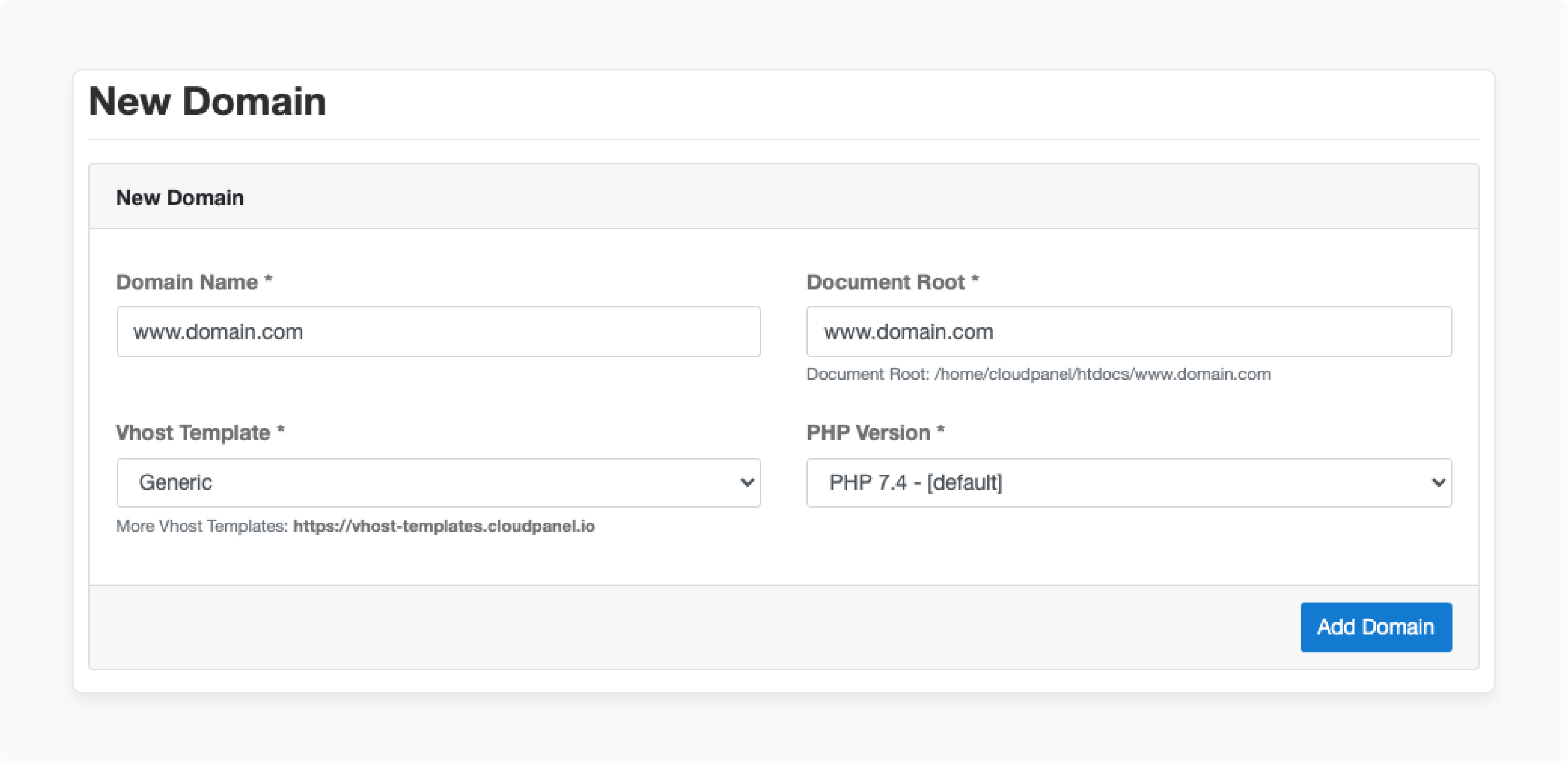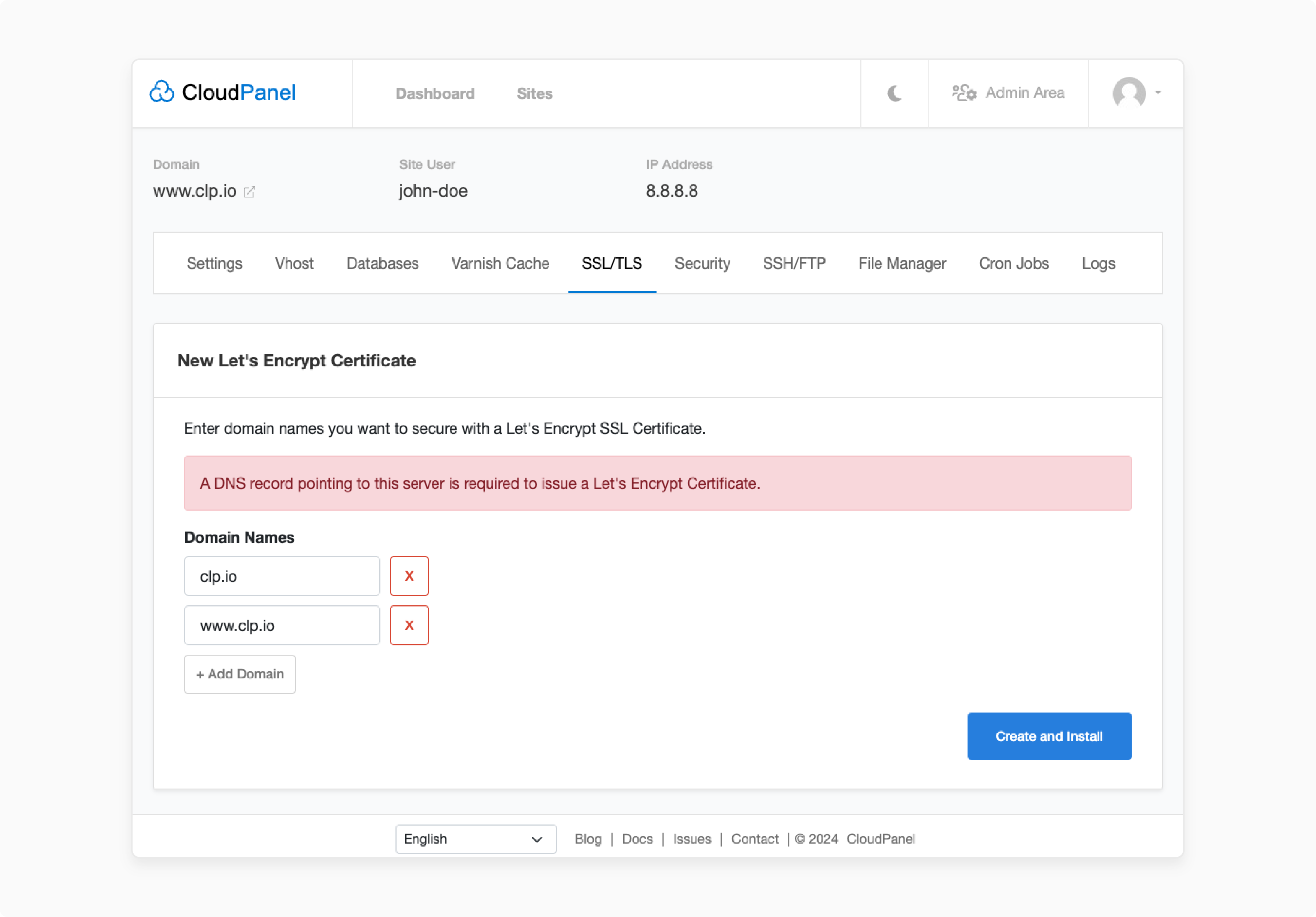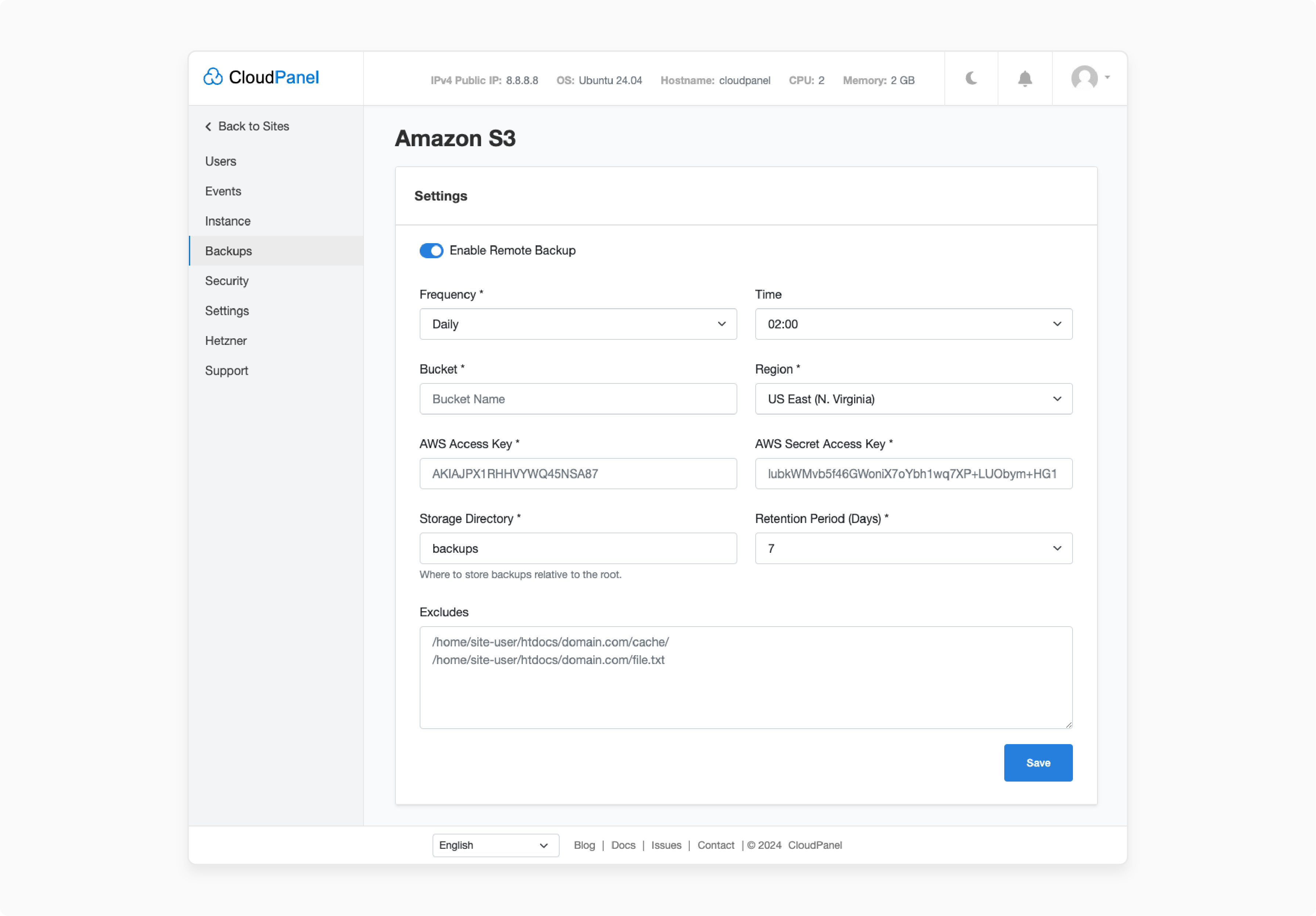
Web Hosting Control Panel Free Resources, Support, and Trends
Tired of paying monthly fees for hosting panels when free alternatives are available? A web hosting control panel (free) offers you server management tools without any cost.
This article will cover practical tips on installation, troubleshooting, and maximizing security.
Key Takeaways
- Insights into how a web hosting control panel helps you pick one that meets your needs.
- The role of a panel in eliminating recurring fees while offering hosting features.
- Web server plugin ecosystems that enhance server functionality.
- Multilingual support to improve UX, reduce errors, & make tools globally accessible.
- Caching, real-time monitoring, AI-based optimization, & automated security updates.
- Tips to compare what free web hosting control panels offer you & how to install them.
-
Localization and Multilingual Support in Free Web Hosting Control Panels
-
Resource Consumption Analysis of Free Web Hosting Control Panels
-
How to Fix Common Problems Using a Free Web Hosting Control Panel?
-
Case Studies of Companies that Transitioned from Paid to Free Web Hosting Panels
Localization and Multilingual Support in Free Web Hosting Control Panels
1. User-Specific Focus
-
Global Accessibility: Free web hosting control panels with multilingual support break language barriers. They make basic to advanced server management accessible to users worldwide.
-
Enhanced User Experience: Localization features enhance UX & broaden the appeal of free tools.
-
Reduced Errors: Users manage servers well when operating in their native language. This flexibility helps them reduce errors and speed up task completion.
2. Specialized Factors
-
Right-to-Left (RTL) Support: Some panels offer RTL support. It is necessary for languages like Arabic and Hebrew.
-
Date & Time Formats: Proper localization includes adapting date & time formats to regional standards. This process ensures consistency across different locales.
-
Currency and Unit Support: Most panels support many currencies and units (e.g., bytes vs. bits). This approach enhances usability for international users managing diverse server resources.
3. Localization Tips
-
Translation Consistency: Maintain accurate translations across various languages, especially with community-driven efforts.
-
Feature Update Balance: Balance language support with regular feature updates. It is necessary for careful planning.
4. Advanced Language Support
-
AI-Powered Translations: As the hosting industry globalizes, expect more emphasis on localization. Consider using AI-powered translation tools for real-time language switching.
-
Simplified Community Contributions: User-contributed translations are more optimized and quality-controlled. They help ensure high-quality localization across languages.
Resource Consumption Analysis of Free Web Hosting Control Panels
| Control Panel | CPU Usage | Memory Usage | Key Features Optimizing Resource Consumption | Best Use Cases |
|---|---|---|---|---|
| CloudPanel | Low to moderate (optimized for NGINX and PHP-FPM) | ~250MB (with minimal active services) | Dynamic resource allocation; real-time monitoring dashboard; efficient NGINX configuration | Ideal for developers managing cloud instances or lightweight applications |
| Sentora | Moderate (built on PHP with standard configurations) | ~300MB | Lightweight interface; supports key services like Apache, MySQL, and ProFTPd | Great for small-scale hosting setups requiring basic functionality |
| Virtualmin | Low to moderate (modular design reduces overhead) | ~200MB | Modular architecture allows selective activation of features, minimizing resource usage | Perfect for Linux/BSD admins managing diverse server environments |
| BlueOnyx | Moderate | ~400MB | Integrated hosting platform with efficient DNS and email management | Ideal for hosting providers needing multi-service support |
| Froxlor | Low | ~150MB | Lightweight automation tools; flexible customer management; multi-server support | Excellent for resellers or users with limited server resources |
| Easy Hosting Control Panel (EHCP) | Moderate | ~350MB | Simplifies basic hosting tasks; supports Ubuntu/Debian with integrated hosting modules | Great for beginners seeking straightforward hosting management |
How to Use a Web Hosting Control Panel for Free?
Step 1: Add Websites & Domains
- Go to the 'Website'/'Domain' section.
- Click "Add New"/"Create".
- Type your "domain name" (e.g.,
example.com). - Set the document root and PHP version.
- Add DNS records if you need to.

Step 2: Set Up SSL Certificates
- Click on your domain in the control panel.
- Find the "SSL" or "Security" options.
- Select "Let's Encrypt".
- Confirm you own the domain, and then install the certificate.
Note: This process takes a few minutes, and certificates renew before expiring. The auto-renewal feature eliminates the hassle of managing certificate expirations.

Step 3: Back-Up Your Site
- Go to the 'Backup' section.
- Set a backup schedule ("daily", "weekly", or "monthly").
- Choose where to store backups ("local", "remote", or "cloud").
- Select what to back up ("files", "databases", or "emails").
- Set how long to keep old backups.

How to Fix Common Problems Using a Free Web Hosting Control Panel?
1. Slow Performance
-
Resource Monitoring: Use built-in tools to check CPU/RAM/disk space usage. Configure third-party monitoring solutions, like CloudPanel's advanced reporting features. These options help you track performance trends for deeper insights.
-
Database Cleanup: Beyond removing logs and post revisions, optimize database indexes. Also, defragment tables to improve retrieval speed.
-
Caching Techniques: Set up advanced caching options like LiteSpeed Cache or Redis. Pair this with QUIC.cloud's CDN for faster global delivery.
-
Software Updates: Regular updates improve performance and compatibility with newer technologies. Examples include PHP 8+ and Brotli compression.
-
Server Resource Scaling: If usage exceeds 80%, consider upgrading to NVMe storage. You can also increase CPU/RAM for better throughput.
Schedule cron jobs during off-peak hours to reduce server load spikes. They help ensure smoother control panel performance.
2. Security Issues
-
Timely Updates: Automate updates to ensure immediate application of security patches.
-
Advanced Authentication: Consider biometric logins or hardware security keys for sensitive admin accounts.
-
Custom Port Configuration: Change default ports. Also, set up port-knocking techniques for added obscurity against brute-force attacks.
-
IP Whitelisting: Use dynamic IP restrictions. They adapt based on geographic location & device type to provide trusted network access.
-
Regular Security Audits: Conduct vulnerability assessments using integrated tools. For example, consider using Web Application Firewalls (WAFs) or external services for protection.
Deploy bot-blocking mechanisms to prevent automated attacks and spam. It can often exploit control panel vulnerabilities.
3. Database Problems
-
Service Health Checks: Ensure the database service is running as per the metrics. Use tools like MySQL Enterprise Tracker for real-time diagnostics.
-
Permission Audits: Verify user permissions & roles to prevent unauthorized access or accidental misconfigurations.
-
Connection Optimization: Increase
max_connectionsin MySQL/MariaDB. If needed, optimize queries to reduce resource strain during peak loads. -
Corruption Repairs: Use repair utilities like
mysqlcheck/REPAIR TABLEto fix corrupted tables. -
Backup Strategies: Automate incremental and full backups. Remember to test restoration processes to ensure data integrity during recovery scenarios.
Incorporate encryption for database backups. It protects sensitive data from unauthorized access during storage and transit.
Case Studies of Companies that Transitioned from Paid to Free Web Hosting Panels
| Company | Reason for Transition | Challenges Faced | Benefits Achieved | Lessons Learned |
|---|---|---|---|---|
| Stripe | Cost-cutting during early-stage funding | Limited advanced features; reliance on community support | Saved operational costs; redirected funds to marketing | Open-source solutions are ideal for startups needing basic functionality without high costs. |
| UpCloud | Testing scalability of free control panels for seasonal traffic | Performance issues during peak sales periods; lack of automated backups | Improved traffic handling; reduced hosting expenses | Free panels need added monitoring and caching tools to handle traffic spikes. |
| DreamHost | Reducing operational costs for nonprofits | Lack of customization options; occasional downtime | Maintained functional websites for donor engagement | Free hosting is viable for nonprofits, but uptime monitoring tools are necessary. |
| Neo | Managing several small client websites with minimal budgets | Security risks due to infrequent updates; limited branding options | Increased profitability; simplified site management | Free control panels work well for low-budget clients but need proactive security measures. |
| RapidWebLaunch | Experimenting with open-source solutions for personal projects | Steeper learning curve compared to paid panels | Gained hands-on experience with server management; avoided subscription fees | Free panels are great for learning but need technical expertise for effective use. |
3 New Trends in Free Web Hosting Control Panels
1. AI Features
Control panels integrate AI to enhance management using:
- Predictive analytics to identify and prevent server overloads before they happen.
- Automatic database optimization that learns from usage patterns.
- Intelligent threat detection that adapts to new attack vectors.
- Smart configuration recommendations based on your specific traffic patterns.
2. Better Security
Security enhancements in 2025 include:
- Biometric authentication options, including fingerprint and facial recognition.
- Real-time vulnerability scanning integrated with automated patching.
- Zero-trust security models that verify every connection attempt.
- Integrated attack surface monitoring with proactive protection.
3. Cloud Service Flexibility
New free control panels offer:
- Native integration with major cloud platforms (e.g., "AWS", "GCP", "Azure").
- Efficient serverless function management and deployment.
- Multi-cloud dashboards for centralized management.
- Container orchestration for microservices architecture.
FAQs
1. What happens if a free control panel project is inactive?
Choose panels with active GitHub repositories and large communities. Most control panels store data in standard formats. This approach makes future migration possible even if development stops.
2. Can I run various control panels on the same server?
It's not recommended due to port conflicts and resource competition. It is because each panel wants to control core services. Instead, consider isolating each panel with virtual machines**/**using a multi-server management feature.
3. How do free panels handle traffic spikes compared to paid options?
Traffic handling depends more on server resources than the control panel. Due to their event-driven architecture, they are better at handling sudden traffic increases.
4. What's the learning curve like when switching from one panel to another?
Most users adapt to free alternatives within 1-2 days. Consider running a test installation before migrating production sites. It will allow you to get comfortable with the new layout and features.
5. Can I use free control panels with managed hosting services?
Many managed providers restrict control panel installation. Some VPS providers offer marketplace images with pre-installed free panels. Switch to an unmanaged VPS or dedicated server if you want custom control panels.
6. How do I track and maintain security with free control panels?
Set up automated backups and external security scanning and enable fail2ban. Also, consider integrating external storage with third-party security tools for enhanced protection.
Summary
Web hosting control panels (free) are powerful tools that meet website owners' needs. When selecting a free web panel, consider the following:
- Technical expertise, specific website requirements, and hosting environment.
- Distinct strengths and the right choice depends on your particular needs.
- Reduced hosting costs and improved website performance, security, and manageability.
- Value, flexibility, and performance that range from exclusive to paid platforms.
- AI integration, localization, and plugin support for personal and small business use.
Consider a free web hosting control panel to cut costs without extra hassle.



